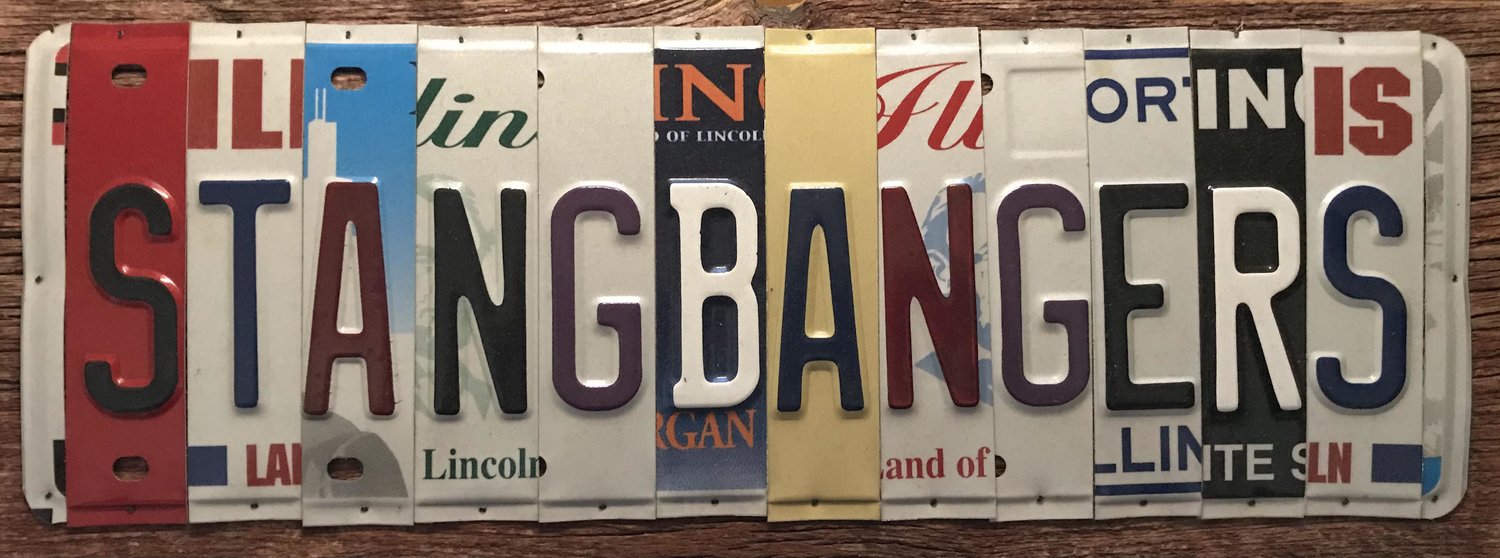Here’s Why Modular Engines Are Worth the Hype (PowerNation)
When it comes to topics that bring people together, Modular engines fit into that conversation. Whether you’re a Mopar or GM fan, you understand the introduction of the Modular engine was something special in the car enthusiast world.
Since performance vehicles graced our presence on this earth, the Blue Oval is responsible for some of the most legendary and potent engines known to man. While the iconic pushrods might have stolen your heart, and rightfully so, today we want to discuss Ford Modular engines. Why? These beauty and beasts of modern engineering are responsible for crushing the hopes and dreams of their late model competitors.
Before we shed some light as to why these engines are worth their hype, let’s take a brief look at where it all started.
Modular Engine History
While it may be hard to digest, the Modular engine was launched in 1991 when Ford introduced its overhead camshaft V8 in the Lincoln Town Car. The label stems from the method to produce the engine, not because the parts are easily interchanged between engine configurations.
In time, it was installed in the Mercury Grand Marquis, Ford Crown Victoria, and the 1994 Ford Thunderbird when the old Windsor small-block V8 was slowly being phased out. The last year for a pushrod V8 was 1995 in a Mustang. The Mustang GT was fitted with a two-valve SOHC Modular in 1996, and the Cobra was fitted with a four-valve DOHC version of their 4.6L engine.
Again in 1996, the first Ford trucks were equipped with a Modular engine, followed by 1997 when Ford introduced their 6.8L V10 engine for van and truck applications. The versatility of the Ford Modular engine led the automaker to replace three different pushrod engines – the 385 (429/460) series big-block, and the 5.0L & 5.8L Windsor small-blocks. It was marketed as the “Triton” series for the Ford truck line.
(photo credit: PowerNation)




